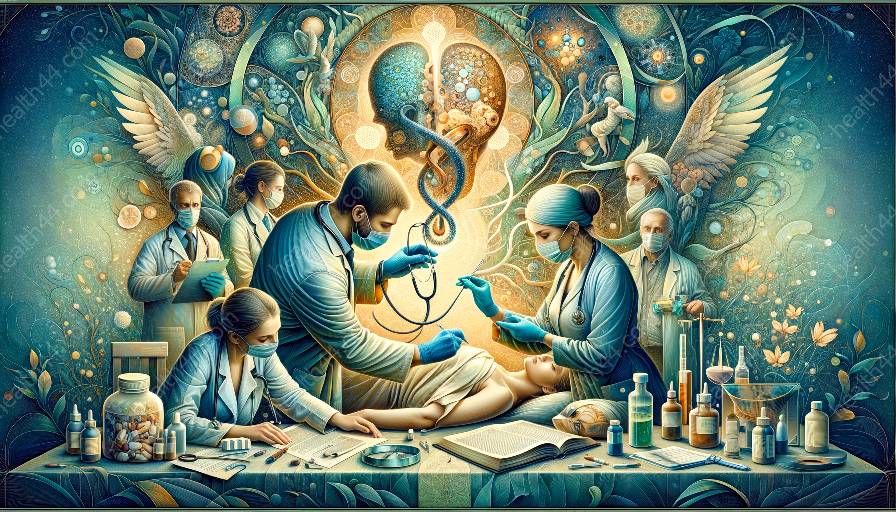Hospitals are at the forefront of medical care, and the field of hospital medicine encompasses many specializations, including internal medicine. The use of diagnostic tools plays a crucial role in the accurate assessment and treatment of patients in these settings.
The Importance of Diagnostic Tools
Diagnostic tools are essential in hospital and internal medicine as they aid in the identification, monitoring, and management of various medical conditions. These tools allow healthcare professionals to make informed decisions regarding patient care and treatment.
Common Diagnostic Tools
There are various diagnostic tools used in hospital medicine, each serving a specific purpose. These tools include:
- Imaging Techniques: X-rays, CT scans, MRIs, and ultrasounds are used to visualize internal structures and organs, aiding in the diagnosis of injuries and diseases.
- Laboratory Tests: Blood tests, urine tests, and other laboratory procedures help in identifying infections, assessing organ function, and monitoring the effectiveness of treatment.
- Diagnostic Devices: Devices such as electrocardiograms (ECGs) and spirometers are used to evaluate heart function, lung capacity, and other vital parameters.
- Endoscopic Examinations: Procedures such as colonoscopies and gastroscopies are performed to visualize the gastrointestinal tract and detect abnormalities.
- Cardiac Catheterization: This invasive procedure allows for the visualization of the coronary arteries and the assessment of cardiac function.
- Biopsies: Tissue samples may be obtained through surgical or minimally invasive techniques for pathological examination, aiding in the diagnosis of cancer and other conditions.
- Cost and Accessibility: Some advanced diagnostic tools may be expensive, limiting access for certain patient populations.
- Interpretation Errors: Misinterpretation of diagnostic results can lead to misdiagnosis and inappropriate treatment.
- Overutilization: In some cases, diagnostic tests may be overused, leading to unnecessary procedures and increased healthcare costs.
Technological Advancements in Diagnostic Tools
Advancements in medical technology have led to the development of sophisticated diagnostic tools that offer greater accuracy and efficiency. For example, the introduction of digital imaging has revolutionized the field of radiology, allowing for clearer and more detailed images.
Molecular diagnostics is another area that has seen significant progress, enabling healthcare professionals to identify genetic markers and disease-specific biomarkers with precision.
Specialized Diagnostic Procedures
In certain cases, specialized diagnostic procedures are required to investigate complex medical conditions. These may include:
Interpreting Diagnostic Results
Accurate interpretation of diagnostic results is paramount in hospital and internal medicine. Healthcare professionals, including radiologists, pathologists, and other specialists, utilize their expertise to analyze test findings and provide comprehensive reports to aid in patient management.
Diagnostic Decision-Making
The information obtained from diagnostic tools guides the decision-making process in hospital medicine. Physicians and healthcare teams rely on these findings to develop tailored treatment plans, monitor disease progression, and evaluate the response to therapy.
Challenges in Diagnostic Medicine
While diagnostic tools have significantly enhanced medical care, there are challenges associated with their use. These include:
Future Directions in Diagnostic Tools
The future of diagnostic tools in hospital medicine is likely to be shaped by further technological advancements, including the integration of artificial intelligence for predictive analytics and precision medicine. This will enable healthcare professionals to deliver personalized care based on individual genetic profiles and specific disease characteristics.
Conclusion
Diagnostic tools are integral to the practice of hospital and internal medicine, enabling healthcare teams to accurately diagnose and manage a wide range of medical conditions. As technology continues to evolve, the use of innovative diagnostic tools will undoubtedly contribute to improved patient outcomes and more efficient healthcare delivery.


